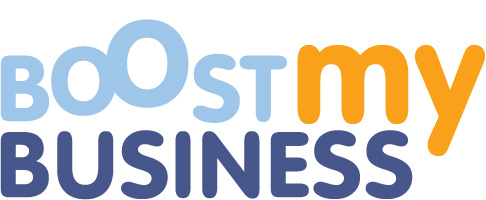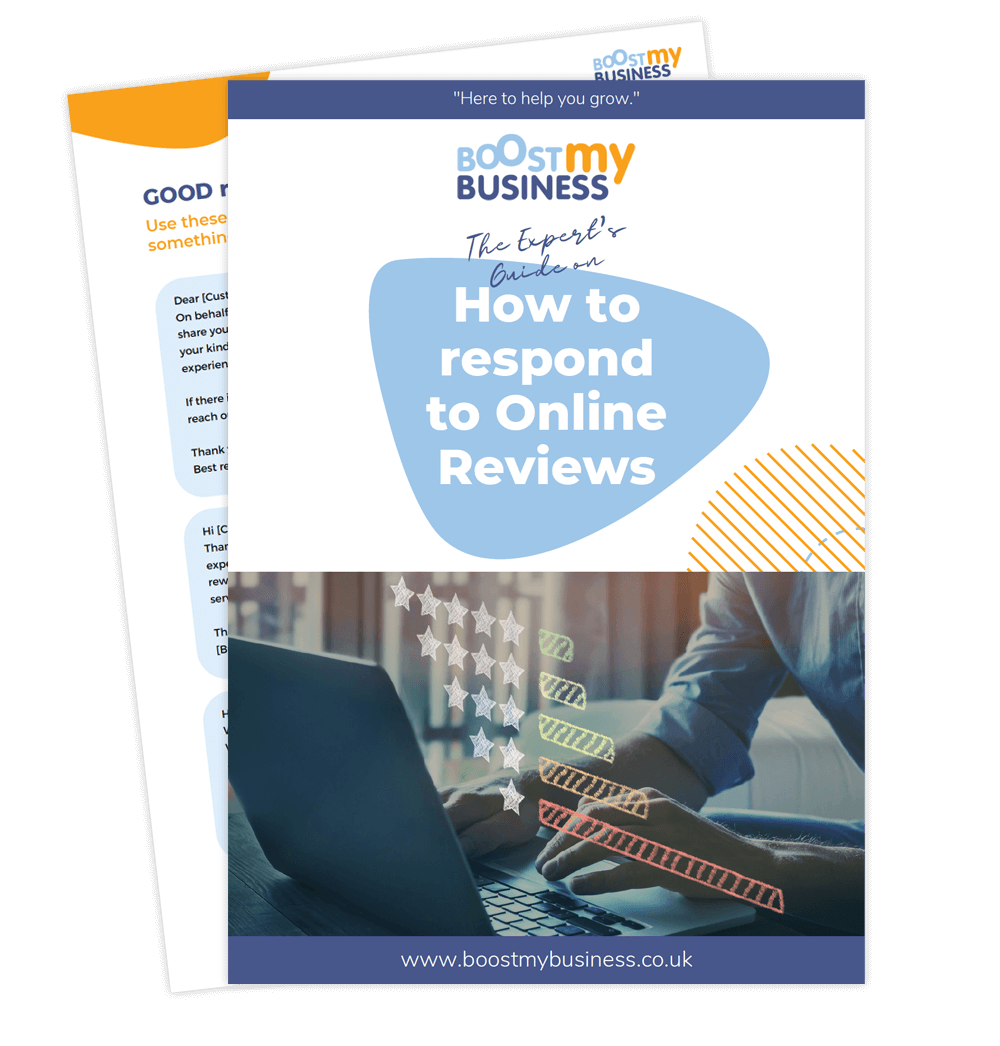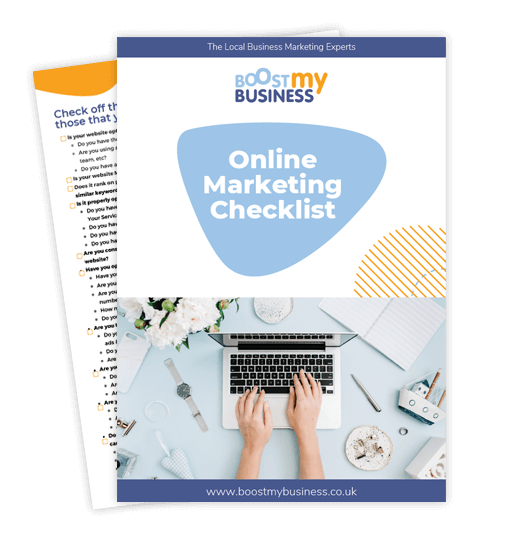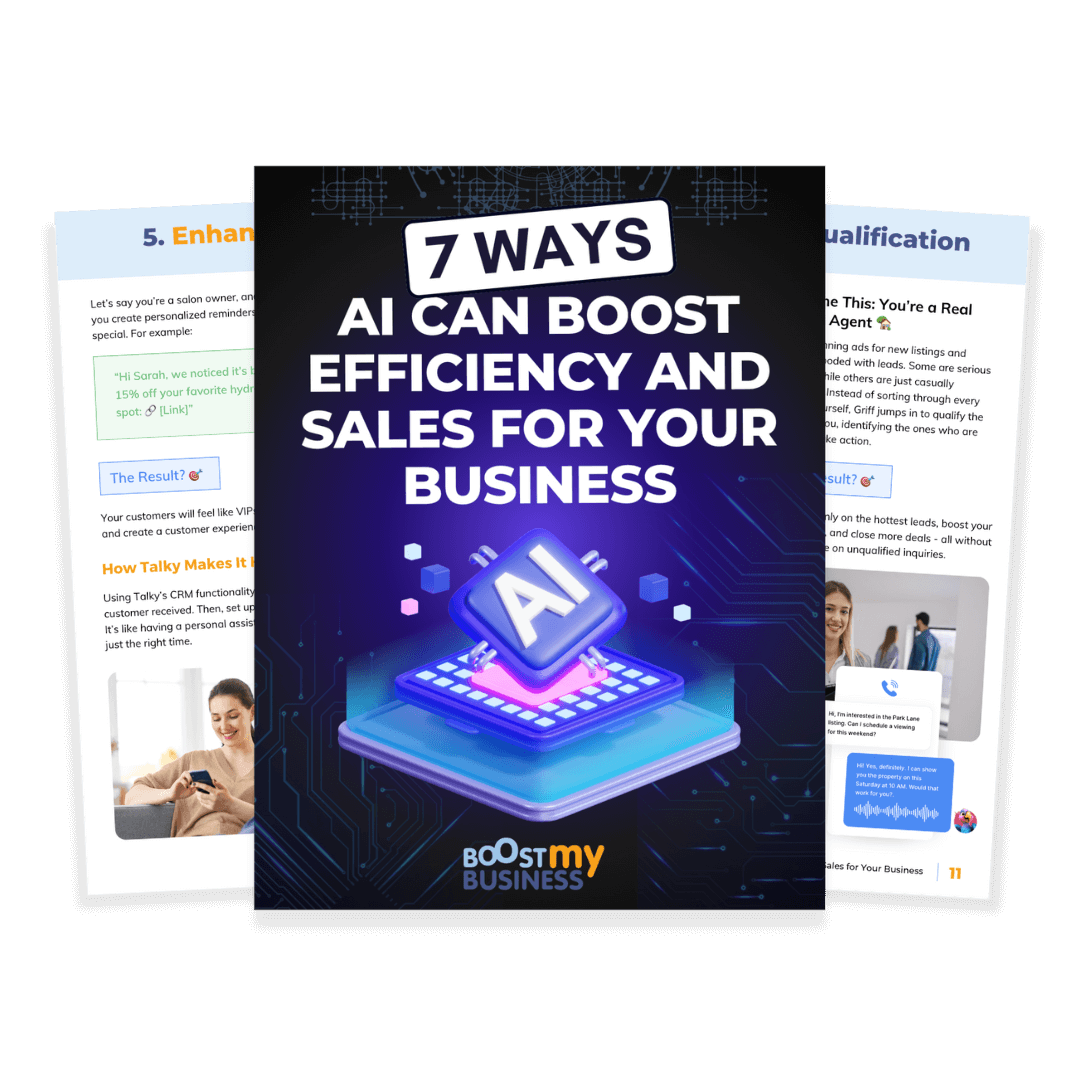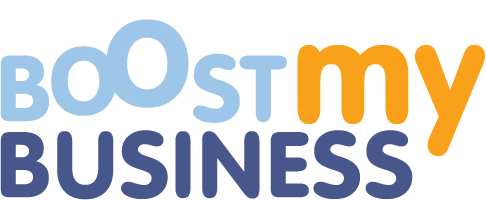We Automate, You Dominate.
Latest Articles
Useful advice on how to market your business

How to create an effective email marketing campaign
“ Email is the best way to nurture relationships with your customers, and it has the highest return on investment of any marketing channel.”
Scott Heimes, Chief Marketing Officer at SendGrid
Email marketing can be an effective way to reach and engage with your target audience. By following these tips, you can create an effective email marketing campaign that helps you to reach and engage with your target audience. Remember to be consistent, relevant, and valuable, and you'll be well on your way to success.
Here are our top tips for creating an effective email marketing campaign:
Define your goals: What do you want to achieve with your email marketing campaign? Do you want to drive traffic to your website, promote a new product, or increase brand awareness? Clearly defining your goals will help you to create a campaign that is focused and effective.
Segment your email list: Segmenting your email list allows you to create targeted campaigns that are more relevant to your subscribers. You can segment your list based on factors such as location, interests, and past purchasing behavior.
Create a compelling subject line: The subject line is the first thing that your subscribers will see, so it's important to make it attention-grabbing and relevant. Keep it short and to the point, and consider using emojis or personalization to make it stand out.
Use a clear, visually appealing design: Your email design should be visually appealing and easy to read. Use a clear layout, with plenty of white space, and include strong headlines and calls to action to guide your subscribers through your email.
Write engaging, informative content: The content of your email should be informative and engaging, and it should clearly convey the value of your product or service. Use storytelling and customer testimonials to make your message more compelling.
Include a clear call to action: Your email should include a clear call to action, whether it's to visit your website, make a purchase, or sign up for your newsletter. Make it easy for your subscribers to take the next step by including a button or link to your desired action.
Test and optimize: Be sure to test different elements of your email campaign, such as subject lines, design, and calls to action, to see what works best. Use email analytics to track the performance of your campaign and identify areas for improvement.
“ The goal of email marketing is not just to sell, but to build trust and establish a long-term relationship with your customers.”
Chris Brogan, author and marketing expert
Defining your email marketing goals
Defining your goals for email marketing is an important first step in creating an effective campaign. Here are some examples of goals that you might want to consider:
Driving traffic to your website: Your goal might be to increase the number of visitors to your website, either to generate leads or to make sales.
Promoting a new product or service: If you have a new product or service that you want to promote, your goal might be to generate interest and increase sales.
Increasing brand awareness: If you want to increase awareness of your brand, your goal might be to get more people to sign up for your email list or to increase the number of social media followers.
Engaging with your audience: Your goal might be to strengthen relationships with your audience and build loyalty by engaging with them through email.
Gathering customer feedback: You might want to use email marketing to gather feedback from your customers about your products or services.
Generating leads: Your goal might be to generate leads by encouraging subscribers to sign up for a demo or to request more information about your products or services.
Making sales: Ultimately, one of your goals might be to make sales through your email marketing efforts.
By clearly defining your goals, you can create an email marketing campaign that is focused and effective. Remember to regularly review your goals and adjust your strategy as needed to ensure that you are making progress towards achieving them.
Segmenting your email list
Segmenting your email marketing list can help you to create targeted campaigns that are more relevant to your subscribers, which can lead to higher engagement and conversion rates.
Here are some ways to segment your email list:
Demographic information: Segment your list based on factors such as age, gender, location, and income. This can help you to create campaigns that are more relevant to specific groups of people.
Interests and preferences: Use data from your email signup form or from past purchases to segment your list based on interests and preferences. This can help you to create targeted campaigns that are more likely to resonate with your subscribers.
Engagement level: Segment your list based on how engaged your subscribers are with your emails. For example, you might create a separate list for subscribers who regularly open and click on your emails, as well as a separate list for those who rarely engage.
Purchase history: Use data from past purchases to segment your list based on what your subscribers have bought in the past. This can help you to create targeted campaigns that are more likely to lead to conversions.
Lifecycle stage: Segment your list based on where your subscribers are in the customer lifecycle. For example, you might create separate lists for leads, customers, and VIP customers.
By segmenting your email list, you can create targeted campaigns that are more relevant and effective. Remember to regularly review and update your segments to ensure that they are still relevant and accurate.
“ Email marketing is the most effective way to communicate with customers. More than 70% of consumers prefer to receive commercial communications via email.”
Epsilon
Writing compelling subject lines
A compelling subject line is crucial for getting your email opened and read by your subscribers. Here are some tips for writing a compelling subject line:
Keep it short and to the point: Aim for a subject line that is no more than 50 characters long. This ensures that it will be fully visible on most devices and makes it more likely to be read.
Use actionable language: Use words that encourage your subscribers to take action, such as "download," "sign up," or "register."
Use personalization: Personalization can help to make your subject line more attention-grabbing and relevant. Consider using the subscriber's name or location in the subject line.
Use emojis: Emojis can help to make your subject line more eye-catching and can add personality to your message. Just be sure to use them sparingly and choose ones that are relevant to your message.
Use numbers: Lists and numbered items are often more appealing to readers, so consider using numbers in your subject line to make it more compelling.
Test different subject lines: It's a good idea to test different subject lines to see which ones perform the best. You can use tools like A/B testing to compare the results of different subject lines and identify the most effective ones.
By following these tips, you can write a compelling subject line that helps to get your email opened and read by your subscribers. Remember to keep it short, actionable, and relevant, and you'll be well on your way to success.
Designing an attractive email
Designing an effective email can help to engage your subscribers and encourage them to take action. Here are some best practices for email design:
Use a clear layout: Use a clear, easy-to-read layout with plenty of white space. This helps to make your email more visually appealing and easier to scan.
Use strong headlines: Use strong headlines to guide your subscribers through your email and highlight the most important points.
Use visually appealing images: Use high-quality, visually appealing images to add interest to your email and break up long blocks of text. Just be sure to optimize your images for email and use alt text for accessibility.
Use buttons and calls to action: Use buttons and calls to action to guide your subscribers to take the next step, whether it's to visit your website, make a purchase, or sign up for your newsletter.
Optimize for mobile: More and more people are reading emails on their phones, so it's important to optimize your design for mobile. Use a responsive design that looks good on both desktop and mobile devices.
Test and optimize: Be sure to test different elements of your email design, such as layout, images, and calls to action, to see what works best. Use email analytics to track the performance of your emails and identify areas for improvement.
By following these best practices, you can create an email design that is visually appealing, easy to read, and effective at driving action. Remember to keep your design consistent with your brand, and be sure to test and optimize to ensure that you are getting the best results possible.
Writing engaging email copy
Writing engaging emails is crucial for building relationships with your subscribers and encouraging them to take action. Here are some tips for writing engaging emails:
Start with a compelling subject line: As mentioned earlier, the subject line is the first thing that your subscribers will see, so it's important to make it attention-grabbing and relevant.
Use a strong opening: Use a strong opening to grab your subscribers' attention and set the tone for your email. This could be a question, a statement, or a quote.
Tell a story: Use storytelling to make your message more compelling and relatable. Share customer testimonials, case studies, or examples to illustrate your points.
Use personalization: Personalization can help to make your email more relevant and engaging. Use the subscriber's name and other personal details to make your email feel more personalized.
Use bullet points: Bullet points are a great way to break up long blocks of text and make your email easier to read. Use them to highlight key points and make your message more impactful.
Use calls to action: Include a clear call to action in your email, such as a button or link to your website, to encourage your subscribers to take the next step.
By following these tips, you can write engaging emails that build relationships with your subscribers and encourage them to take action. Remember to be authentic, informative, and engaging, and you'll be well on your way to success.
“ Email marketing is the workhorse of the marketing world.”
Bryan Eisenberg, author and marketing expert
Using powerful CTAs
Calls to action (CTAs) are an important element of email marketing, as they encourage your subscribers to take the next step. Here are our tips for creating effective CTAs:
Make it clear: Your CTA should be clearly visible and easy to understand. Use actionable language, such as "Sign up," "Download," or "Learn more," to encourage your subscribers to take action.
Use buttons: Buttons are a great way to make your CTA stand out and make it easy for your subscribers to take action. Use a contrasting color and make the button large enough to be easily clicked on mobile devices.
Use personalization: Personalization can help to make your CTA more relevant and effective. Consider using the subscriber's name or location in your CTA to make it more personalized.
Test different CTAs: It's a good idea to test different CTAs to see which ones perform the best. Use A/B testing to compare the results of different CTAs and identify the most effective ones.
Use clear, concise language: Use clear, concise language in your CTA to make it easy for your subscribers to understand what you want them to do. Avoid using too many words or using jargon that might be confusing.
By following these tips, you can create effective CTAs that encourage your subscribers to take the next step. Remember to be clear, actionable, and relevant.
Testing Testing Testing
Testing and optimizing your email marketing campaigns can help you to improve the performance and effectiveness of your emails. Here are some tips for testing and optimizing your email marketing:
Test different subject lines: Use A/B testing to compare the results of different subject lines and identify the most effective ones.
Test different designs: Test different elements of your email design, such as layout, images, and calls to action, to see what works best.
Test different segments: Experiment with different segments of your email list to see which ones perform the best.
Test different send times: Test different send times to see which ones result in the highest open and click-through rates.
Use email analytics: Use email analytics to track the performance of your emails and identify areas for improvement. Look at metrics such as open rates, click-through rates, and conversions to see how your emails are performing.
By regularly testing and optimizing your email marketing campaigns, you can improve the performance and effectiveness of your emails. Remember to be patient and to track your results over time to get a clear picture of what's working and what's not.
Email marketing is a must for any business but finding the time to make sure you're doing it correctly can be tricky. At Boost My Business, we can craft an engaging email campaign and deliver it seamlessly through marketing automation. Contact us today to find out more.
Free Guides
Is your website performing in the search engines? Making time for search engine optimisation can be difficult when you're busy running your business. This handy checklist breaks down the most important areas you should be focusing your SEO efforts on to ensure your website is optimised for search. Click the button below to download today...
Unlock the secrets to mastering online review responses with our comprehensive and invaluable PDF download. This expertly crafted guide equips you with the knowledge and strategies to skillfully navigate the world of online reviews, turning every feedback opportunity into a chance to enhance your reputation.
Are you making the most of online marketing? Running a business is a full-time job so making time for marketing your business can be tricky. This handy checklist breaks down the most important areas you should be focusing your efforts on to ensure your business can be found on the web. Click the button below to download today...
FREE DOWNLOAD
Are you looking for ways to automate tasks, increase sales, and grow your business effortlessly? AI-powered tools are transforming the way businesses operate, helping them save time, improve customer interactions, and close more deals. But where do you start?
Download our free guide and discover practical, easy-to-implement AI solutions that can boost your business.
